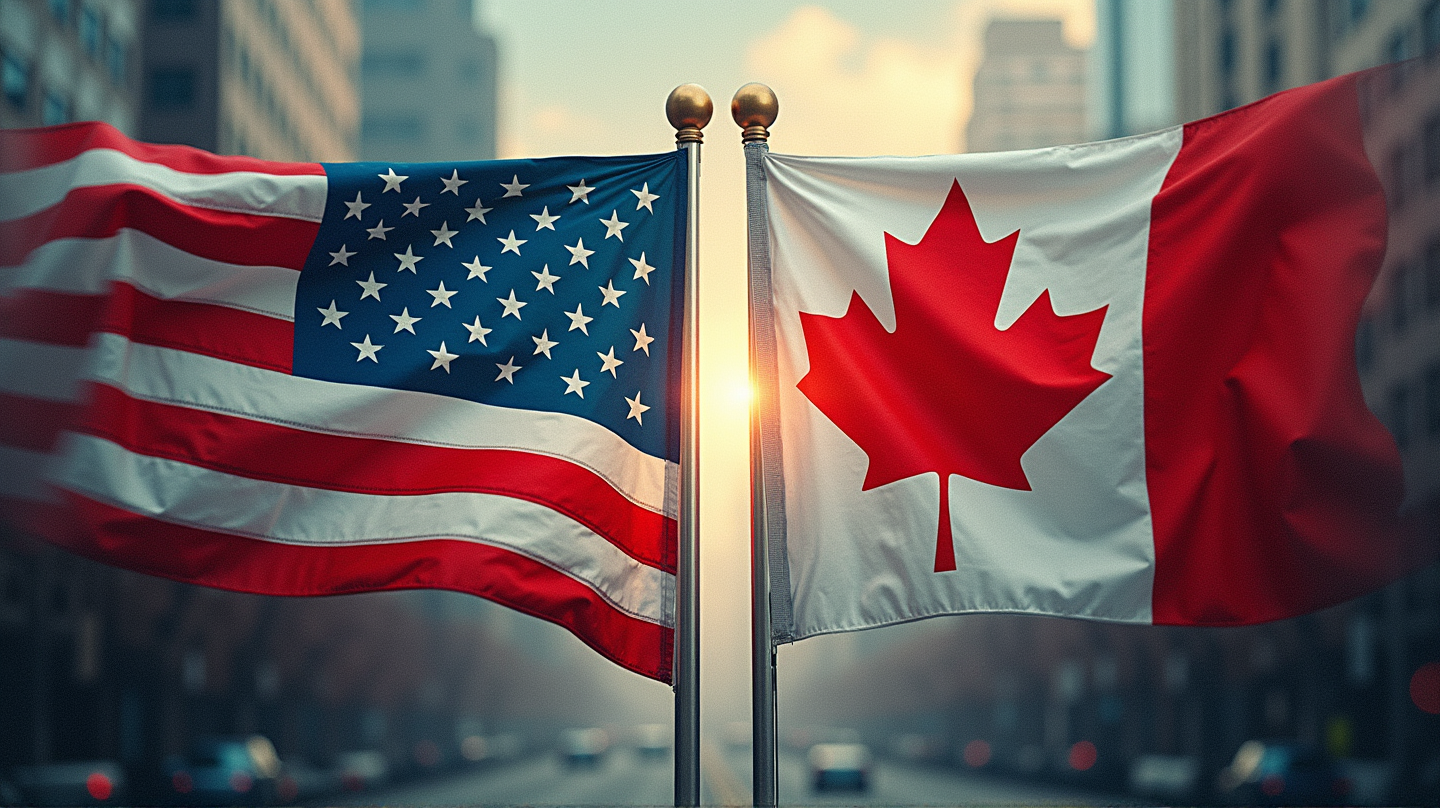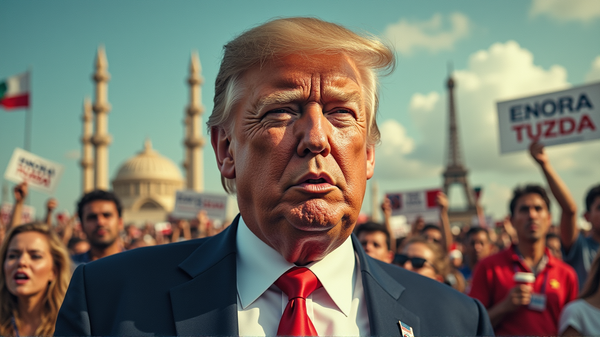Trump's Bold Move: Imposing 35% Tariffs on Canada
Discover the surprising escalation in U.S.-Canada relations as Trump raises tariffs to 35%, igniting potential trade tensions.

Introduction
In a significant escalation of trade tensions, U.S. President Donald Trump has intensified economic pressures on Canada by imposing a 35% tariff on specific Canadian imports. This decision, made via an executive order on August 2, 2025, underscores a pivotal moment in U.S.-Canada relations.
Economic Implications of the Tariffs
The sudden increase from 25% to 35% in tariffs targets imports not covered by the Canada-United States-Mexico Agreement (CUSMA). Many experts are voicing concerns about the ripple effects this could have on various industries across North America. The increased tariffs may lead to higher consumer costs and potential job losses, marking a turbulent chapter in the history of trade between the neighboring countries.
Political Reactions and Negotiations
Prime Minister Mark Carney expressed deep disappointment in the wake of this development. As negotiations grind to a halt, both nations face heightened political pressures. According to Global News, Canadian lawmakers are urging for a strategic response to mitigate the impact and exploring avenues for diplomatic resolutions.
Canada’s Strategic Response
Canada is embarking on urgent discussions to address the economic consequences of these tariffs. Solutions may involve seeking new trade allies, reinforcing domestic industries, or retaliating with tariffs on U.S. products—a move that could escalate tensions further.
Impact on Industries and Consumers
The 35% tariff will notably affect industries reliant on cross-border trade, such as automotive and agriculture. Canadian consumers might feel the pinch with increased prices on everyday goods, prompting industry leaders to call for swift action to alleviate the financial burden.
Insight from Experts
UBC political science professor Max Cameron offers insights, suggesting this tariff move is more than a fiscal measure but a strategic power play on the global stage. The choice amplifies the growing complexities in international trade policies, presenting both challenges and opportunities.
Conclusion
The imposition of a 35% tariff by the Trump administration represents a profound shift in trade dynamics, potentially leading to broader economic repercussions. As both nations consider their next steps, the world watches to see if this episode will prompt a new era of cooperation or further discord in international trade relations.





